This is Myanmar, and it will be quite unlike any land you know about.
Yangon
"The Sule Pagoda is a Burmese stupa located in the heart of downtown Yangon. According to legend, it was built before the Shwedagon Pagoda during the time of the Buddha, making it more than 2500 years old. The pagoda is listed on the Yangon City Heritage List. The pagoda opens daily from 6am to 10pm. Visitors are asked to remove their shoes before entering. A guide can be hired inside the pagoda, who explains the history and rituals, for $5 to $10 depending on bargaining effort. Yangon Central Railway station is just north of Sule (about 10min walk), here you can also purchase coach bus tickets to Bagan, Mandalay, or other cities. VIP buses (e.g. JJ Express) offer noticeably more comfortable seats for a slightly higher cost (e.g. $18 from Yangon to Bagan)"
Bogyoke Aung San Market is a major bazaar located in central Yangon. Known for its colonial architecture and inner cobblestone streets, the market is dominated by antique, Burmese handicraft and jewellery shops, art galleries, and clothing stores.
The Shwedagon Pagoda, also known as the Golden Pagoda, is located on Singuttara Hill and dominates the Yangon skyline. The pagoda is said to be covered with hundreds of gold plates and the top of the stupa is encrusted with more than 4500 diamonds. It is the most sacred Buddhist pagoda in Myanmar, as it is believed to contain relics of the four previous Buddhas of the present kalpa. These relics include the staff of Kakusandha, the water filter of Konagamana, a piece of the robe of Kassapa, and eight strands of hair from the head of Gautama.
The 150-acre lake is surrounded by the 110-acre Kandawgyi Nature Park. Along the eastern shorelines of the lake is the famous Karaweik, a concrete replica of a Burmese royal barge built in 1972. It houses a buffet restaurant today, costs approximately $40 per person.
Chaukhtatgyi Buddha Temple is a well-known Buddhist temple in Yangon. It houses one of the most revered reclining Buddha images in the country. The image is 66 metres (217 ft) long, and one of the largest in Burma. The original Buddha image was completed in 1907, but was demolished and replaced in the 1950s.
This is the main bus station in Yangon, many travelers choose bus to travel within Myanmar. The bus station is located about 20km (or 13 miles, 50min by car in normal traffic) from downtown, or about 8km (5 miles, 30min by car in normal traffic) from the airport. Traffic in Yangon can be very busy, it is advised to plan for double the time required in regular traffic to reach the bus station. Travelers who travel from Yangon to Bagan often take the 9-hour overnight bus from here at 7pm or 8pm reaching Bagan by 5:30am (in time for sunrise photos of the pagodas); first-class (VIP) seating is quite comfortable and spacious with 3 seats per row, a VIP bus ride to Bagan costs about $18
Nyaung-U, Old Bagan, Myin Ka Bar
Welcome to Bagan! It is a truly fascinating ancient city that used to be the capital of the Kingdom of Pagan, the first kingdom to unify the regions that would later constitute modern Myanmar. During the kingdom's height between the 11th and 13th centuries, over 10,000 Buddhist temples, pagodas and monasteries were constructed in the Bagan plains alone, of which the remains of over 2200 temples and pagodas still survive to the present day. The Bagan Archaeological Zone requires a pass to enter, costs $15 or 25,000 kyat. Construction of the Shwezigon Pagoda began during the reign of King Anawrahta (r. 1044–77), who was the founder of the Pagan Dynasty, in 1059–1060 and was completed in 1102 AD, during the reign of his son King Kyansittha. Over the centuries the pagoda had been damaged by many earthquakes and other natural calamities, and has been refurbished several times. In recent renovations it has been covered by more than 30,000 copper plates.
Built during the reign of King Htilominlo, 1211-1231, the temple is three stories tall, with a height of 46 metres (151 ft), and built with red brick. It is also known for its elaborate plaster moldings. On the first floor of the temple, there are four Buddhas that face each direction.
Built in 1105 AD during the reign (1084–1113) of King Kyanzittha of the Pagan Dynasty. It is one of four surviving temples in Bagan. The temple is said to be an architectural wonder and has also been titled the ""Westminster Abbey of Burma"". A field museum, Ananda Oak Kyaung, has been established near the Ananda temple in Pagan. The purpose is to study the artifacts in the ambience of their original settings.
One of the larger temples in Old Bagan, built in the mid-12th century during the reign of King Alaungsithu. It is adjacent to Ananda Temple. Thatbyinnyu Temple is shaped like a cross, but is not symmetrical. The temple has two primary storeys, with the seated Buddha image located on the second storey.
Built in 1113, the temple is notable for two reasons. First, it contains a large array of well-preserved frescoes on its interior walls, the oldest original paintings to be found in Bagan. All of the frescoes are accompanied by ink captions written in Old Mon, providing one of the earliest examples of the language's use in Myanmar. Second, the temple is located just to the west of the Myazedi pagoda, at which was found two stone pillars with inscriptions written in four, ancient Southeast Asian languages: Pali, Old Mon, Old Burmese, and Pyu. The inscription on the pillar displayed by the Myazedi pagoda has been called the Burmese Rosetta Stone, given its significance both historically and linguistically, as a key to cracking the Pyu language.
Built in 1067, according to King Manuha's inscriptions, Manuha Temple is one of the oldest temples in Bagan. It is a rectangular building of two storeys. The building contains three images of seated Buddhas and an image of Buddha entering Nirvana.
Situated in New Bagan, the pagoda was erected on the bank of the Ayeyarwaddy River, and built during the reign of King Anawrahta. It contains a replica of a Buddha tooth relic.
A day in Bagan is not complete if you didn't see the sunset over the plains of this ancient city. One of such amazing vantage points is at the Shwesandaw Pagoda where visitors can actually climb up. It is one of the most famous pagodas in Bagan. Built by King Anawrahta in 1057, it once contained terra cotta tiles depicting scenes from the Jataka. Enshrined within the pagoda are sacred hairs of Gautama Buddha, which were obtained from Thaton.
Nyaung-U, Old Bagan
The Sulamani Temple is one of the most visited in Bagan, built in 1183, its design is similar to the Thatbyinnyu Temple
The Dahmmayangyi Temple is the largest and widest of all temples in Bagan. Built by King Narathu (1167-1170), presumably to atone for his sins for assassinating his father and his older brother to ascend the throne of Bagan. But Naranthu himself was later assassinated.
Mount Popa is an extinct volcano located about 50km (31mi) southest of Bagan. Southwest of Mount Popa is Taung Kalat, and at the summit of it there is a Buddhist monastery. It is famed for being home to 37 nats (Burmese spirits), which are represented by statues. There are 777 steps to climb to the top of the monastery where you can enjoy a panoramic view including the ancient city of Bagan. Be aware of macaque monkeys in Taung Kalat, although these little locals have become a tourist attraction, they can snatch away anything they can get their hands on.
Nyaungshwe
Note: Express bus from Bagan to Nyaung Shwe (Inle Lake) takes about 7 hours and half, many international travelers take the overnight VIP bus at 7 or 8pm. Train is another option, but schedule can be unreliable. During this day of rest, go to the town center by the Nyaung Shwe Canal (Yone Gyi street and Strand road) and hire a local guide with boat for about 15,000 kyat a full day (up to 5 or 6 people in the boat), to visit Ywama Village (bamboo shop, long neck lady, silver smith workshop), Nan Pan village (cigar factory, boat making), Inn Paw Koung village (lotus and silk weaving), floating garden, and the Nga Hpe Kyaung monastery. The guide should be able to pick you up from your hotel/hostel the next morning.
The picturesque Inle Lake is the second largest lake in Myanmar. The popular destination is famous for its floating villages and the unique way of life of local Intha people. On the lake, you will find many one-man fishing boats with the characteristic one-leg rowing style.
Mandalay, Inn Wa, Sagaing
Inwa, or Innwa, is an ancient imperial capital of successive Burmese kingdoms from the 14th to 19th centuries. Throughout history, it was sacked and rebuilt numerous times. The capital city was finally abandoned after it was completely destroyed by a series of major earthquakes in March 1839. Though only a few traces of its former grandeur remain today, the former capital is a popular day-trip tourist destination from Mandalay.
Sagaing was the capital of Sagaing Kingdom (1315–1364), one of the minor kingdoms that rose up after the fall of Pagan dynasty. You can hike up to the top of the Sagaing Hill and enjoy the whole view of Sagaing with pagodas and Ayeyarwaddy River. There are many pagodas at the top, the most famous ones are U Min Thonze and Soon U Ponya Shin Pagoda.
U Bein Bridge is a crossing that spans the Taungthaman Lake near Amarapura in Myanmar. The 1.2km (0.75 mi) bridge was built around 1850 and is believed to be the oldest and longest teakwood bridge in the world. A walk in the sunset is a beautiful way to finish your day in historic Mandalay.











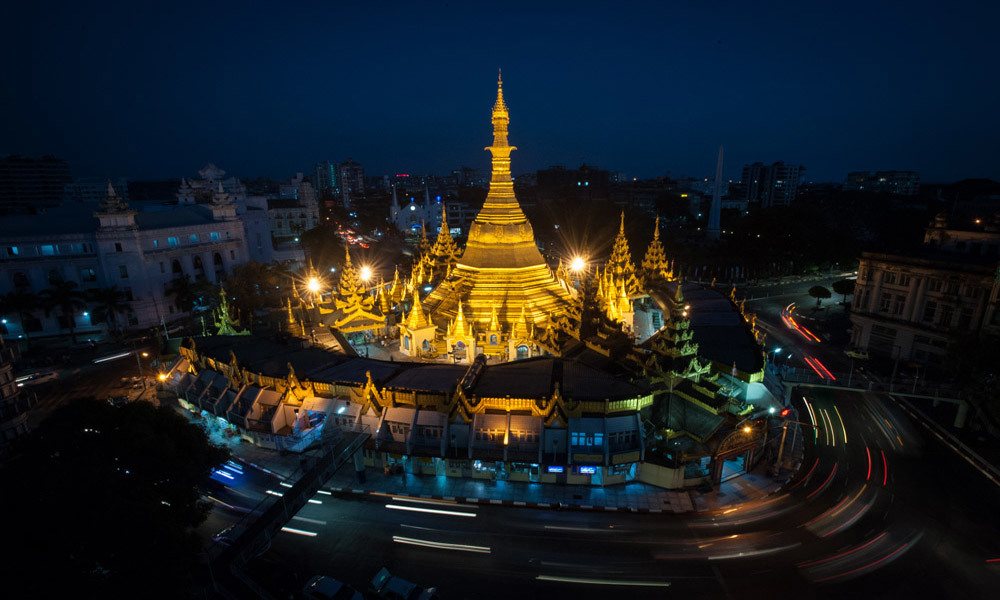


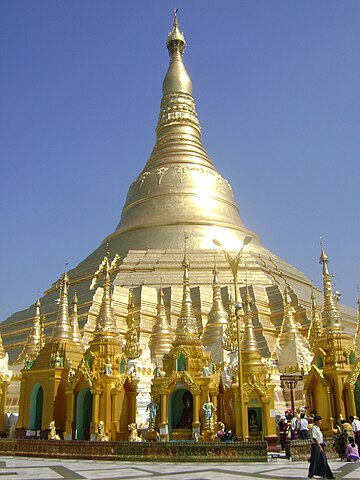

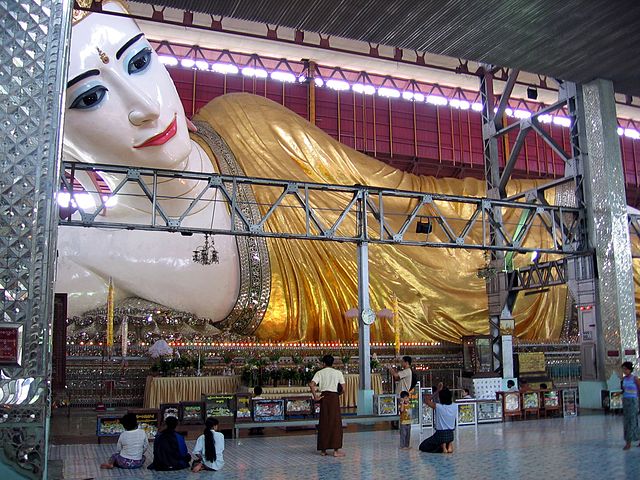




.jpg)
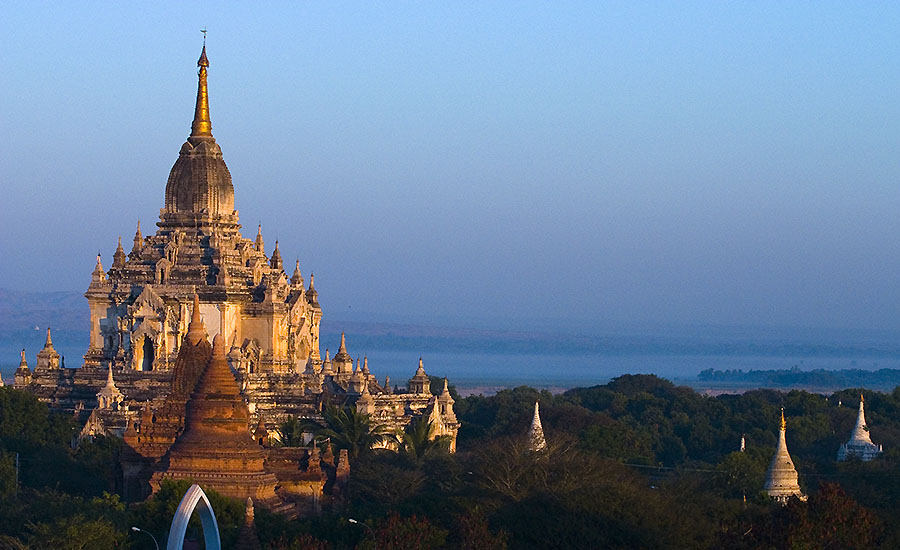
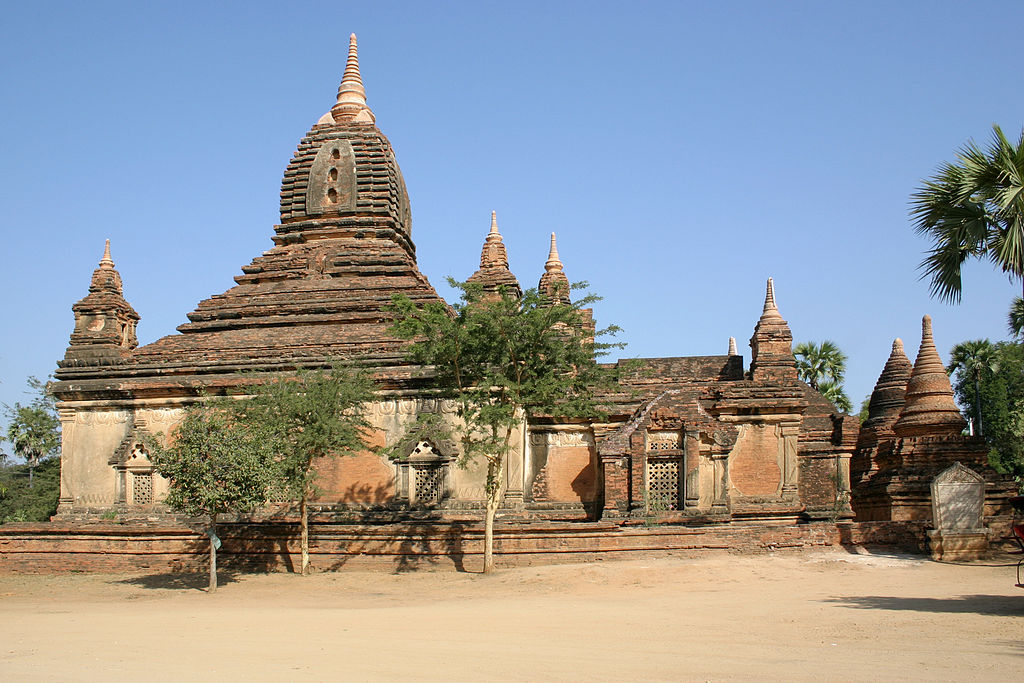


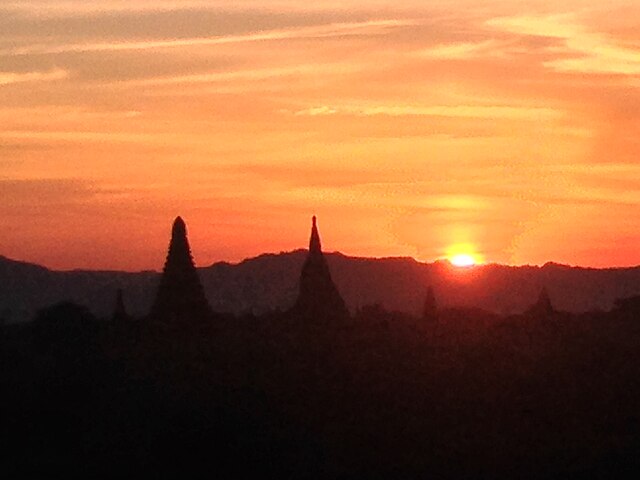



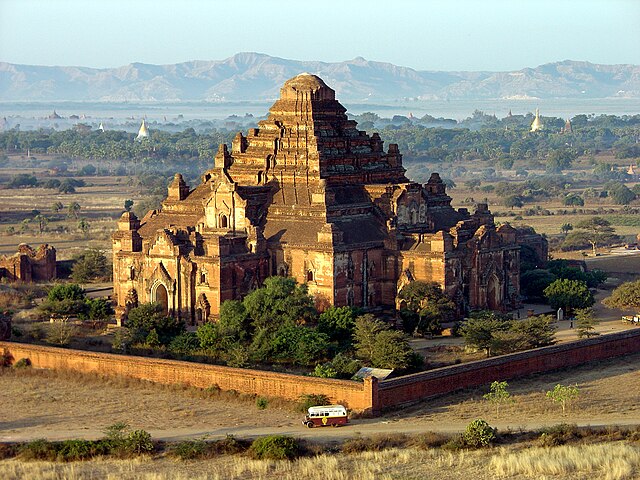

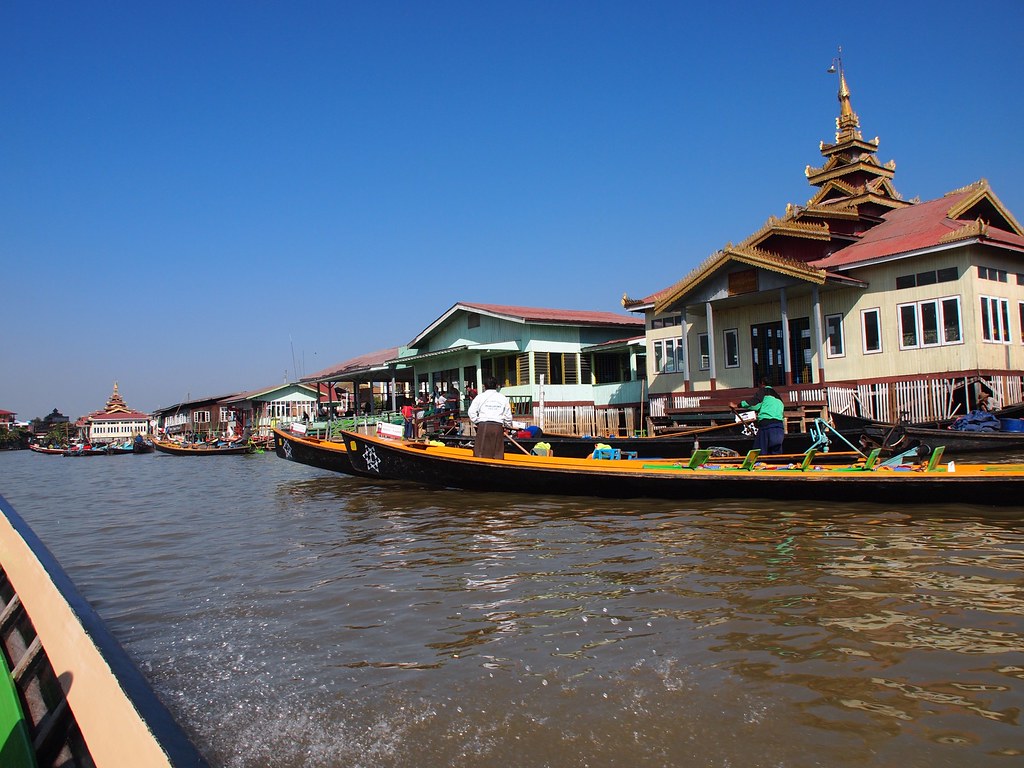



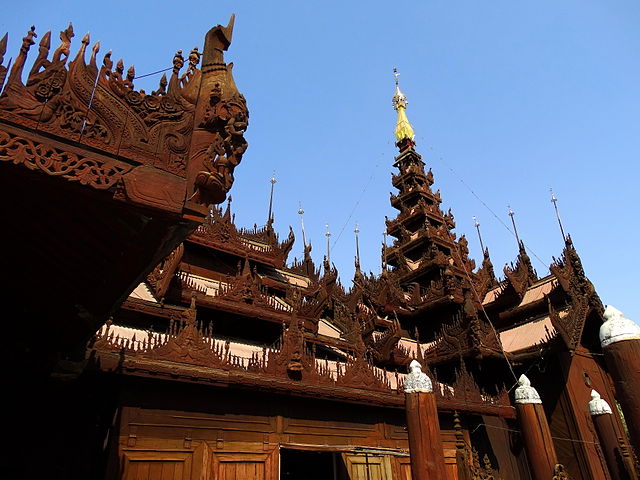
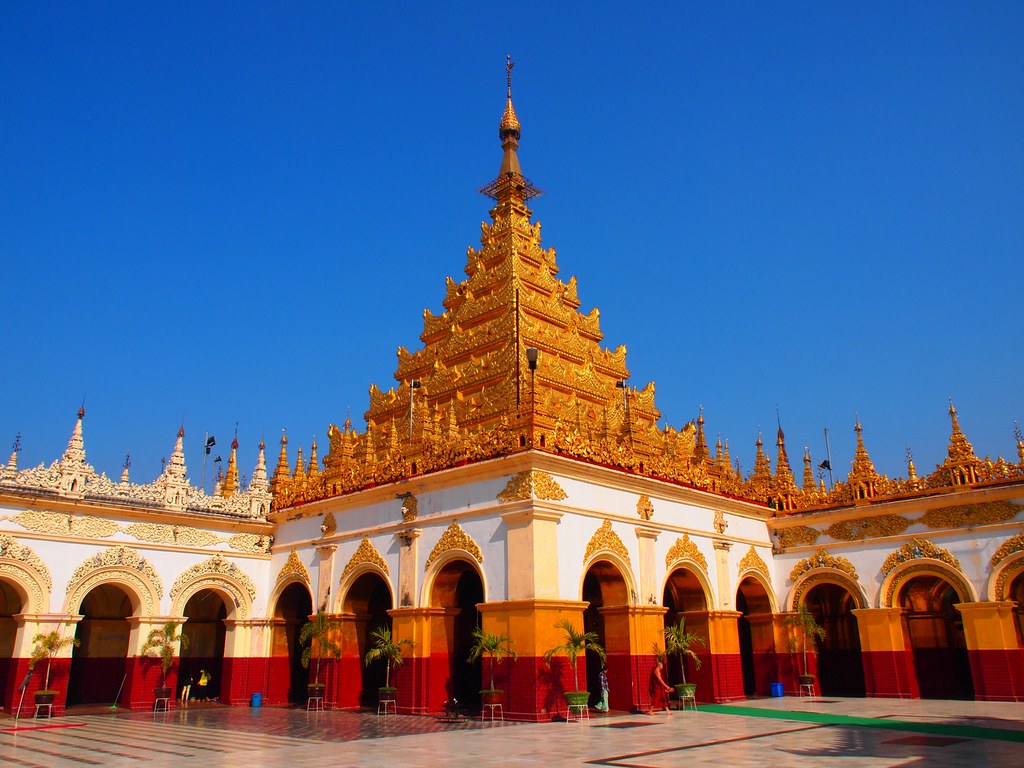


.jpg/1280px-Sagaing_Hill_(15041649513).jpg)



